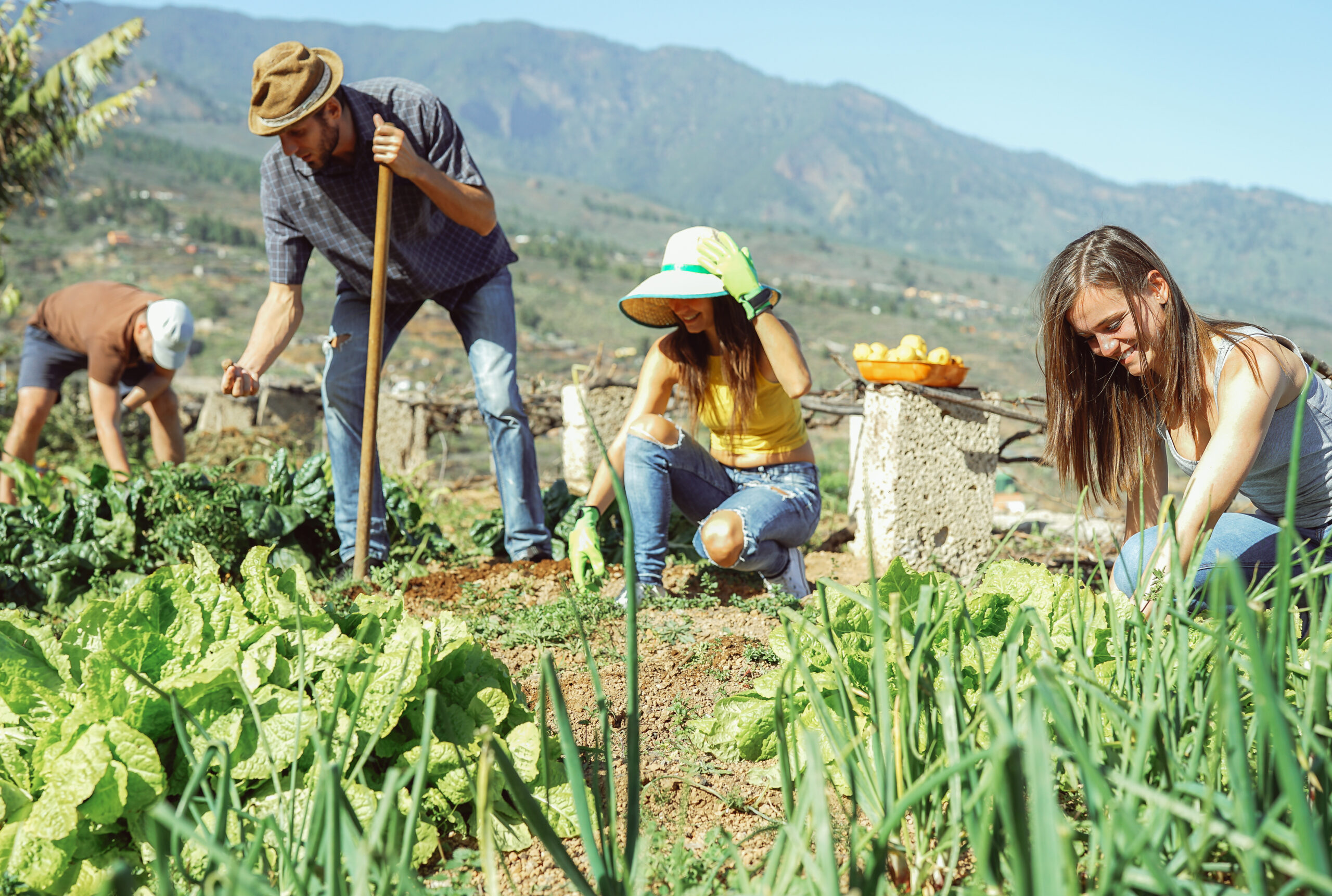Starting a farm or ranch can be a rewarding venture, but it comes with its own set of challenges—none more critical than choosing the right equipment. Whether you’re managing a few acres or hundreds, the tools and machinery you invest in can greatly influence your efficiency, productivity, and long-term success. For beginners, navigating the world of Torgersons farm and ranch equipment may seem overwhelming. As you expand or improve your agricultural activities, this guide provides clear guidance to help you make wise purchases.
Understand Your Specific Needs
Before diving into equipment catalogs or visiting dealerships, it’s essential to understand your specific needs. Not all farms and ranches require the same tools. A livestock-based operation will need different equipment compared to one focused on crops. Begin by listing out your core activities—feeding animals, cultivating fields, transporting materials, maintaining fences—and identify the equipment that aligns with these tasks.
For example, if you’re raising cattle, you’ll likely need livestock handling equipment like squeeze chutes, feeders, and waterers. On the other hand, if you’re growing crops, your priorities might include tillers, seeders, and irrigation systems. Clarifying your operational goals will help prevent overspending on machinery that doesn’t directly serve your daily needs.
Start With The Essentials
It’s easy to get caught up in the latest technology or to assume you need a full lineup of machines right away. But when you’re just starting, focusing on essential tools is more cost-effective. A reliable tractor is usually the cornerstone of most operations, capable of handling multiple tasks with the right attachments—plowing, mowing, hauling, and more.
Beyond the tractor, consider what’s most necessary for your work. Basic implements like a front loader, post-hole digger, or box blade can serve multiple purposes and reduce the need for specialized machinery. Build your inventory slowly and deliberately, adding tools as your needs evolve rather than all at once.
New Vs. Used Equipment
One of the biggest decisions you’ll face is whether to buy new or used equipment. New machinery comes with the advantage of warranties, updated technology, and a longer lifespan. However, it also comes at a premium price, which may not be practical for those just starting out.
Although used equipment frequently lacks a warranty and needs to be carefully inspected, it can save a lot of money. Look for reputable dealers who provide maintenance records and allow thorough testing before purchase. In some cases, a well-maintained used piece can perform just as well as a new one at a fraction of the cost. Be sure to factor in potential repair costs and availability of replacement parts before making your decision.
Consider Long-Term Value
When buying farm and ranch equipment, think beyond the initial price tag. Consider durability, ease of maintenance, fuel efficiency, and versatility. A slightly more expensive piece of equipment that can perform multiple functions or has a solid track record of reliability may offer better value over time than a cheaper, less durable alternative.
Brand reputation also plays a role in long-term value. Established brands often offer better resale value, more accessible parts, and a wider service network. Do your research—read reviews, ask for recommendations, and visit online forums to gain insights from experienced farmers.
Budget Wisely
Budgeting for equipment isn’t just about the purchase price—it includes ongoing maintenance, fuel, insurance, and storage. Make a thorough budget that takes both recurring and one-time expenses into consideration. Don’t stretch your finances too thin by trying to buy everything at once. Look for financing options, if necessary, but avoid over-leveraging your business in its early stages.
Renting or leasing equipment is also a viable option, especially for machinery that you don’t use year-round. For instance, if you only need a baler for a few weeks during harvest, renting might make more financial sense than buying one outright.
Inspect Before You Buy
Whether new or used, always inspect equipment in person if possible. For used machinery, check for signs of wear and tear, leaks, rust, and unusual noises during operation. Ask about maintenance history and hours of use, and don’t hesitate to bring along a more experienced farmer or mechanic if you’re unsure.
For new equipment, take the time to test out controls, review operator manuals, and discuss service support with the dealer. It’s crucial to understand how the machine operates and what kind of upkeep it will require down the line.
Build Relationships With Trusted Dealers
Choosing the right equipment also means choosing the right dealer. A reliable dealer not only helps you find suitable machinery but also provides post-purchase support, including maintenance, parts replacement, and repair services. Establishing a good relationship with a local dealer can save you time and headaches in the long run.
Ask questions about their service response time, warranty policies, and trade-in options. A dealer that stands behind their products and is committed to customer satisfaction will become a valuable partner in your farming journey.
Final Thoughts
Buying farm and ranch equipment is a significant investment that requires careful planning, research, and patience. Start by focusing on the essentials, determine whether new or used is the better fit, and always evaluate the long-term value over the short-term cost. Most importantly, equip yourself with knowledge and trusted resources—doing so will set a strong foundation for a successful and sustainable operation. As you grow more experienced, your equipment needs will evolve. But by beginning with smart, well-informed decisions, you’ll be well on your way to building a productive and profitable farm or ranch.

